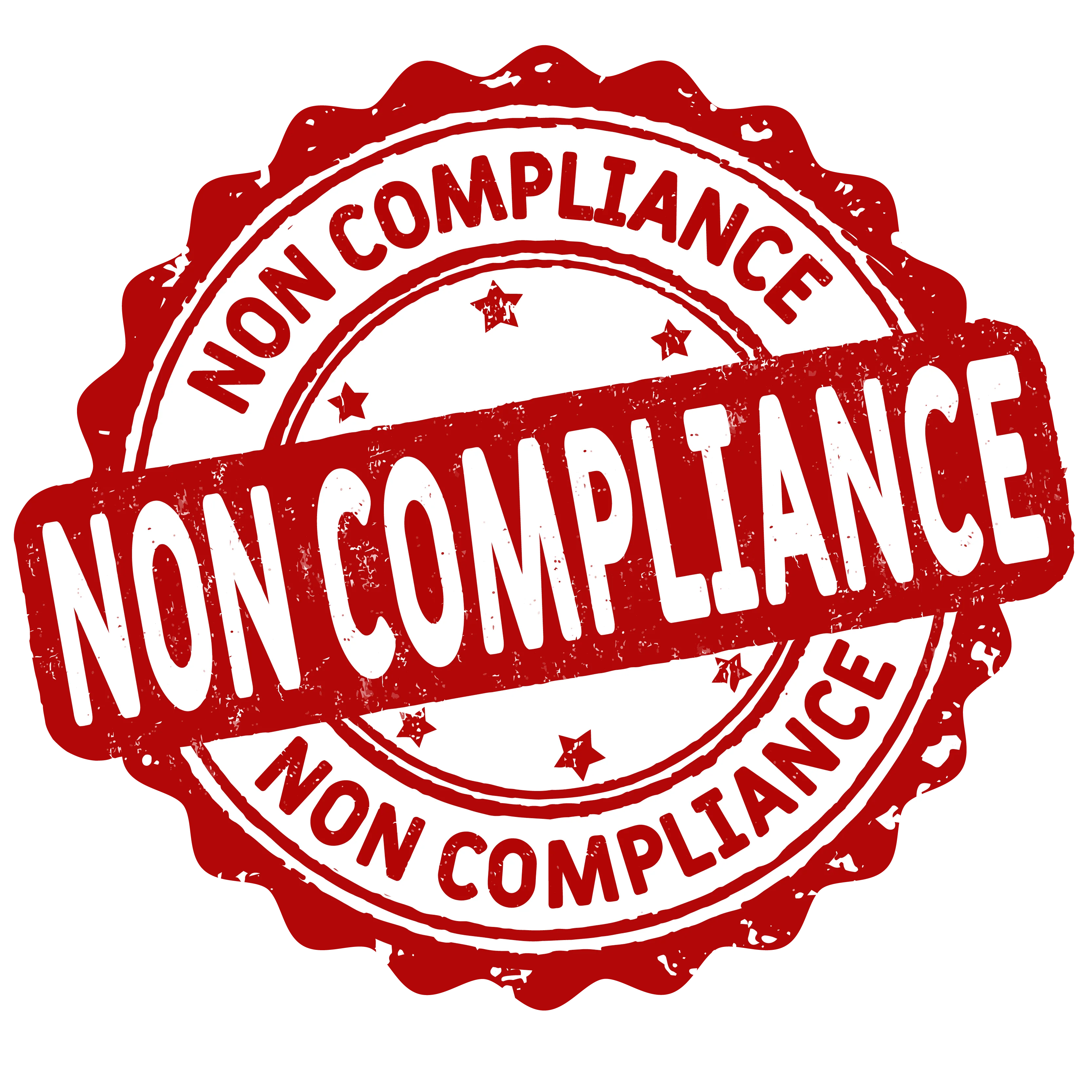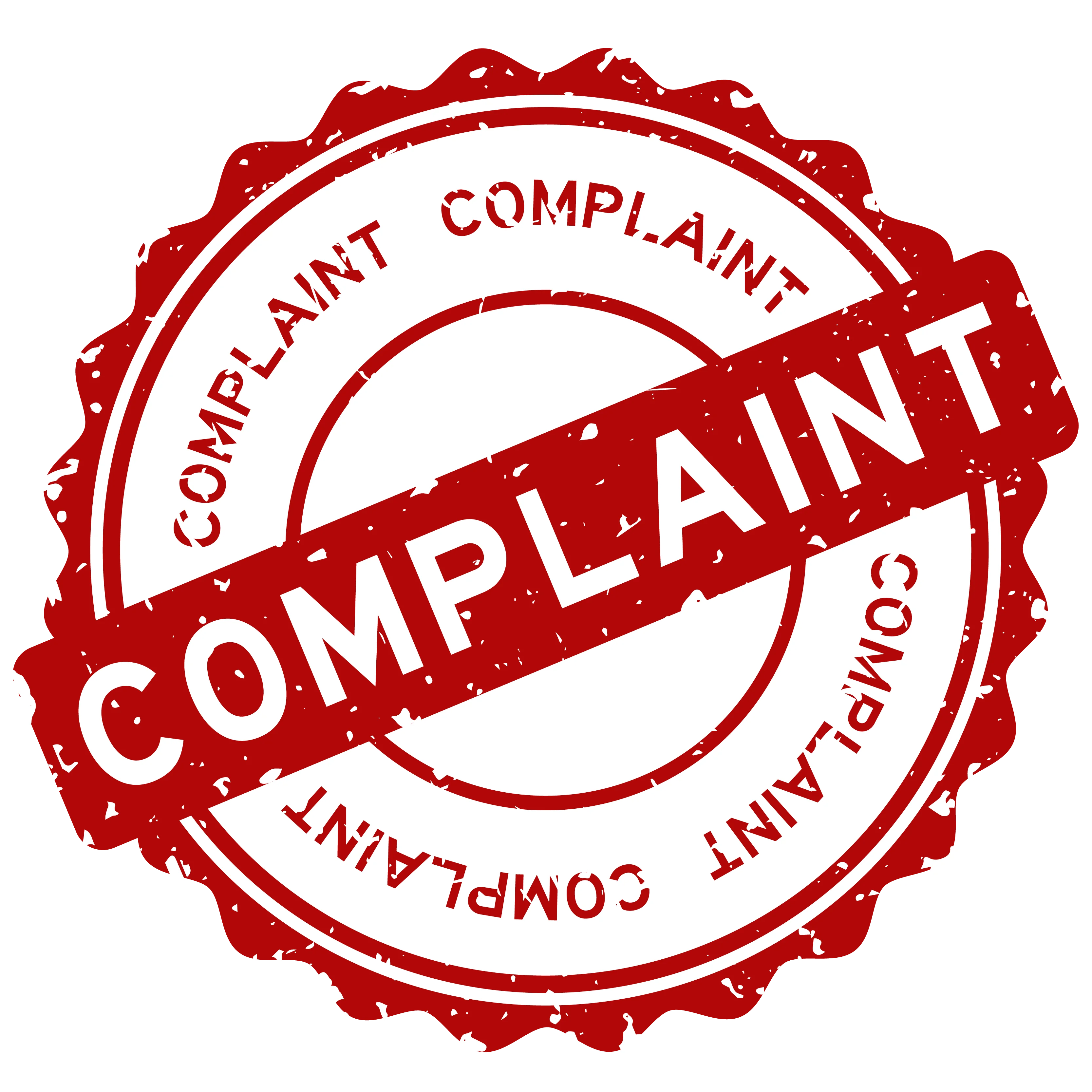
In Mobility in Motion: When Technology Transformation Meets Operational Intelligence, 21% of business globally still use manual paper forms.
The risks to businesses for collecting and sharing data on paper documents are obvious. They exhaust time and resources. They also open security and compliance loopholes with potentially catastrophic consequences.
Still doing things manually via pen-and-paper? Here’s why you shouldn’t.
 1. Wrong Data = Wrong Outcomes
1. Wrong Data = Wrong Outcomes
In any business, it’s imperative that dates are written correctly and precisely. With that in mind, look at this list:
- 2/3/24
- 3/2/24
- 24/2/3
- 24/3/2
There’s no consistency in how the date is written. Is that February 3, 2024, or March 2, 2024? What happens if decisions are made based on an incorrect date? What’s the process to determine which is correct?
Manual processes can lead to data inconsistency, which can lead to incorrect decisions and costly results. Using transportation and logistics (T&L) as an example, a wrong date anywhere in the process – at the warehouse, on the loading docks or at the end destination – can result in a late shipment. Customers are unhappy and the organization can lose $240,000 (USD) per year because of it.
 2. Leaky Security
2. Leaky Security
How secure can healthcare or patient data be if it’s on paper that almost anyone can see?
A nurse fills out a paper form with patient data requesting a test. That form must go to the lab where specialists prepare the test. The nurse can’t deliver it, so they ask the custodian to do it for them. This runs counter to the tenants of patient confidentiality:
- Protecting data (patient information and test details) …
- …from access by unauthorized people (the custodian) …
- …through the process of data storage (the paper form) …
- …and transmission (bringing the form to the lab).
Technically, it’s a data breach. It’s not uncommon for employees and contractors to have access to paper documents not relevant to their role or responsibility. At this point, there’s no control over what they do with the information or who they share it with.
 3. Compliance Concerns
3. Compliance Concerns
Compliance requirements can change quickly. Businesses in highly regulated industries, like field services, can be levied with fines and penalties if paper documents or processes aren’t updated to meet ever-changing requirements.
It’s estimated that 30% of information collected on a paper document changes every three months. Four times a year, paper documents must be located, distributed for updates and then stored. It’s cumbersome and fraught with risk. Here’s why:
- Paper documents are easily lost or misplaced, making it difficult to locate the original copy.
- No guarantee the information to be updated will be done so in a timely manner.
- Data inconsistency if updated information is recorded incorrectly.
- Difficult to track the location or status of the form.
Imagine an organization which is mandated by compliance requirements to update documentation every three months. If the paper form is lost, late, incorrectly updated or not updated at all, the result is non-compliance.
The costs are staggering. When factoring in fines, productivity loss and reputation damage, the cost of non-compliance alone reached $14.82 million (USD). For contrast, the cost of compliance is significantly less: $5.47 million (USD).
 4. Unhappy Customers
4. Unhappy Customers
Customers are the lifeblood of retail. A surefire way to lose customers is with poor customer service.
A customer places an order for a product, not in stock, by completing a paper form. Because it’s written on paper, the customer can’t get timely updates on its status. They must visit the store in person. Here’s why that makes the customer unhappy:
- Illegible handwriting makes the quantity of the order unclear. Is that a 1 or a 7? A 6 or an 8?
- The order is stored in a filing cabinet, and this lack of immediate access can be frustrating.
- The form is misfiled, forcing the customer to manually complete another form and resubmit their order.
This doesn’t account for a lack of integration, either. If that paper form isn’t passed along to the warehouse, they can’t ship the product to the store once it’s in stock.
A whopping 96% of customers are ready to switch to your competitor due to a bad experience. No retailer can survive that.
Go Digital and Eliminate the Risks of Paper Documents
Manual processes are slow and inefficient. Chances are, you’ve got dozens, or, depending on the size of your organization hundreds of them. Sooner or later, something will be omitted, misinterpreted or forgotten. Once that happens, it’s incredibly difficult to untie that knot of confusion.
A missing field can be the difference between compliance and non-compliance. Misunderstood data can cause a delivery to be late instead of on time. A lost form turns a happy customer unhappy. Eventually, it all adds up and can become the difference between profit and loss for your business.



